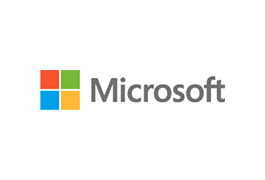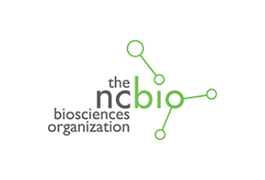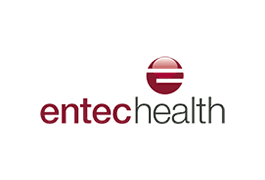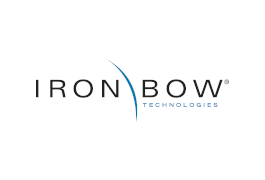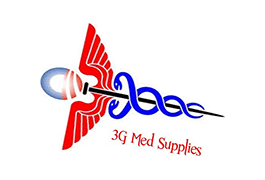Manual measurement leads to pain for providers
Inaccuracy, Inconsistency and Inefficiency: the “three i’s” that bedevil effective wound documentation and cause significant organizational pain. But healing your documentation maladies may be easier than you think.
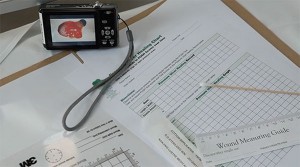 It is critical to have high quality wound documentation that addresses clinical, legal and financial risks associated with wound care. As the focus on managing health care costs continues to intensify and funders demand evidence of care, imprecise measurement and poor communication and documentation will lead to increased exposure and adverse consequences.
It is critical to have high quality wound documentation that addresses clinical, legal and financial risks associated with wound care. As the focus on managing health care costs continues to intensify and funders demand evidence of care, imprecise measurement and poor communication and documentation will lead to increased exposure and adverse consequences.
Providers are being asked increasingly to take responsibility for wound care outcomes, particularly in the area of hospital-acquired pressure ulcers (HAPU). But many are not set up to manage an increasing wound documentation burden or provide evidence of healing outcomes. They are also losing opportunities to save on wound care costs and reduce rework because they do not have the right systems in place.
Litigation risks
Up to 20% of all US claims and more than 10% of settlements are wound related [1], and there are more than 17,000 pressure ulcer related lawsuits filed annually [2]. Settlements average $250,000 [3]. In the case of pressure ulcers, there is often no cap on damages awarded where neglect can be proven. And documentation is a critical success factor in pressure ulcer litigation: If documentation can prove no neglect occurred, a lawsuit is less likely to proceed. Out-of-court settlements have been forced on providers because of a lack of evidence of care, not necessarily the absence of care itself.
Reimbursement and documentation penalties
Documented demonstration of wound progress is becoming increasingly important to payers as a determinant of reimbursement. CMS Recovery Audit Contract (RAC) audits are regularly undertaken to recoup overpayments, with wound care contributing to an estimated fee-for-service error rate of 8.5 percent. In 2012, 61% of the 1500 claims audited for improper Medicare payments contained errors.[4] Joint Commission auditing asks for quality wound documentation. There can be other penalties for failure to provide adequate documentation in a timely manner. Private insurers are following suit.
Chronic wound prevalence has an estimated 8 percent per year growth rate, while reimbursement restrictions intensify
Why is wound documentation so difficult to manage?
Wound measurement and the tracking of healing progress is a complex, variable process:
- In clinical practice today, wounds are usually measured using fundamentally inaccurate, inconsistent and inefficient techniques such as rulers and probes. These can introduce errors of as much as 40% [5]
- While there may be a record of assessment, there is not sufficient information captured to show the process of assessment which would enable second opinions, audit trails and remote specialist input [6]
- While many providers are using digital photography, the process of capturing, storing, uploading and linking digital photographs to EMRs or paper records is unwieldy and error-prone with poor quality photographs exacerbating risks
- Inadequate documentation causes rework, reporting delays and inaccuracies
- Wound care specialists are stretched and often rely on the assessments of unskilled generalist staff
- Poor wound documentation means that providers often pay unnecessarily high costs for wound treatments or are unable to correlate treatments to healing outcomes.
Area and depth are key metrics
While there are generally accepted standards for characterizing and assessing wounds and consequently for measuring and reporting progress towards healing, there are several fundamental metrics. One metric is area reduction over time. This metric of wound area is used fundamentally in the evaluation of a wound’s progress [5] and hence ‘downstream’ in the evaluation of the effectiveness of processes and practices. Another indicator used increasingly is reduction in wound volume or changes in depth, especially in a litigation context.
How Silhouette® helps
The Silhouette Product Suite is an ideal treatment for the “three i’s”. It significantly increases the accuracy of wound measurement, tracks healing progress and addresses documentation inadequacies from point of care assessment through monitoring, reporting and audit, to the management table where informed decisions relating to resourcing, risk and cost management need to be made.
The SilhouetteStar™ wound camera provides consistently high quality wound images. SilhouetteConnect™ software automatically calculates wound volume, depth, area, and perimeter and healing progress, and captures key assessment information, generating a comprehensive wound assessment report. The SilhouetteCentral™ database stores wound assessment data, enabling the secure sharing, monitoring, reporting and analysis of information gathered at the point of care.
Silhouette addresses the challenges of traditional wound measurement and information management in one easy-to-use package that can be used in a standalone or enterprise context. Wound specialists can use Silhouette to provide feedback to generalist staff to improve organizational wound care capability, and Silhouette can provide information to support second opinions and interdisciplinary care of chronic and complex wounds.
Does your organization suffer from the “three i’s”?
Wound documentation and information management is a complex and variable process that is often not given enough organizational attention. While chronic wound prevalence is predicted to grow at almost 8% per year, accountable wound care – underpinned by evidence of healing outcomes and quality wound care practices – is being demanded as the policy emphasis shifts from fee-for-service to pay-for-performance funding. Early adopters are using Silhouette to transform their wound care practice and grow their evidence base.
Silhouette can heal the “three i’s” of unhealthy wound documentation and give you the confidence that comes from knowing your records are accurate, consistent and gathered efficiently.
Contact us with your specific questions, or click here to request a price estimate.
References
1 Henderson, Today’s Wound Clinic, October 2012
2 AHRO ‘Preventing Pressure Ulcers in Hospitals: A Toolkit for Improving Quality of Care’
3 Pressure Ulcer Research: Current and Future Perspectives, 2010 Dan L. Bader et al
4 US Department of Health and Human Services: Supplementary Appendices for the Medicare Fee-for-Service 2012 Improper Payment Rate Report, p 50. Table K2: Claims in Error, DME.
5 Rodgers LC, Bevilacqua NJ, Armstrong DG, Andros G. (2010). Digital Planimetry results in more accurate wound measurements: a comparison to standard ruler measurements. J Diabetes Sci Technol. Jul 1; 4 (4) pp. 799-802.
6 Putting patients first, Wounds UK 2011 Vol 7:3
Doc Number: 2013-00227

